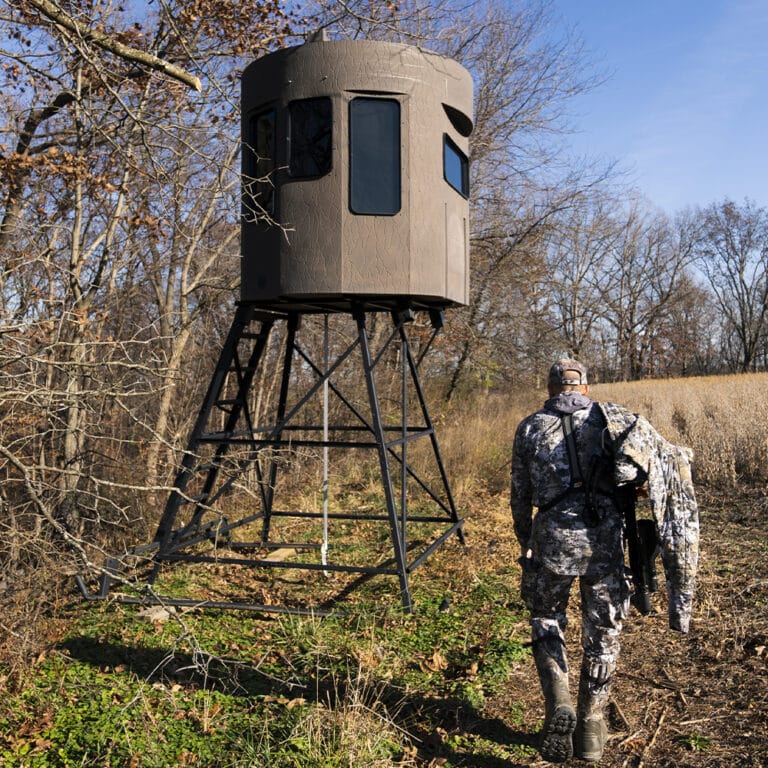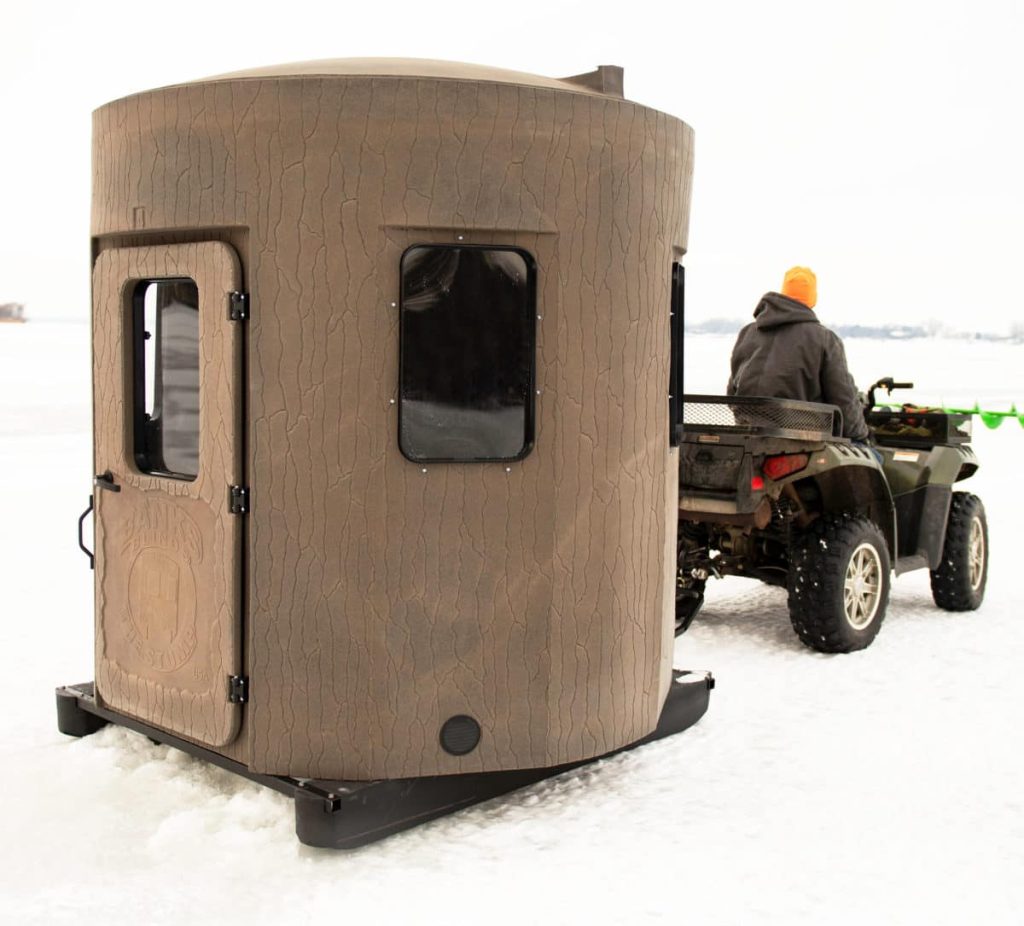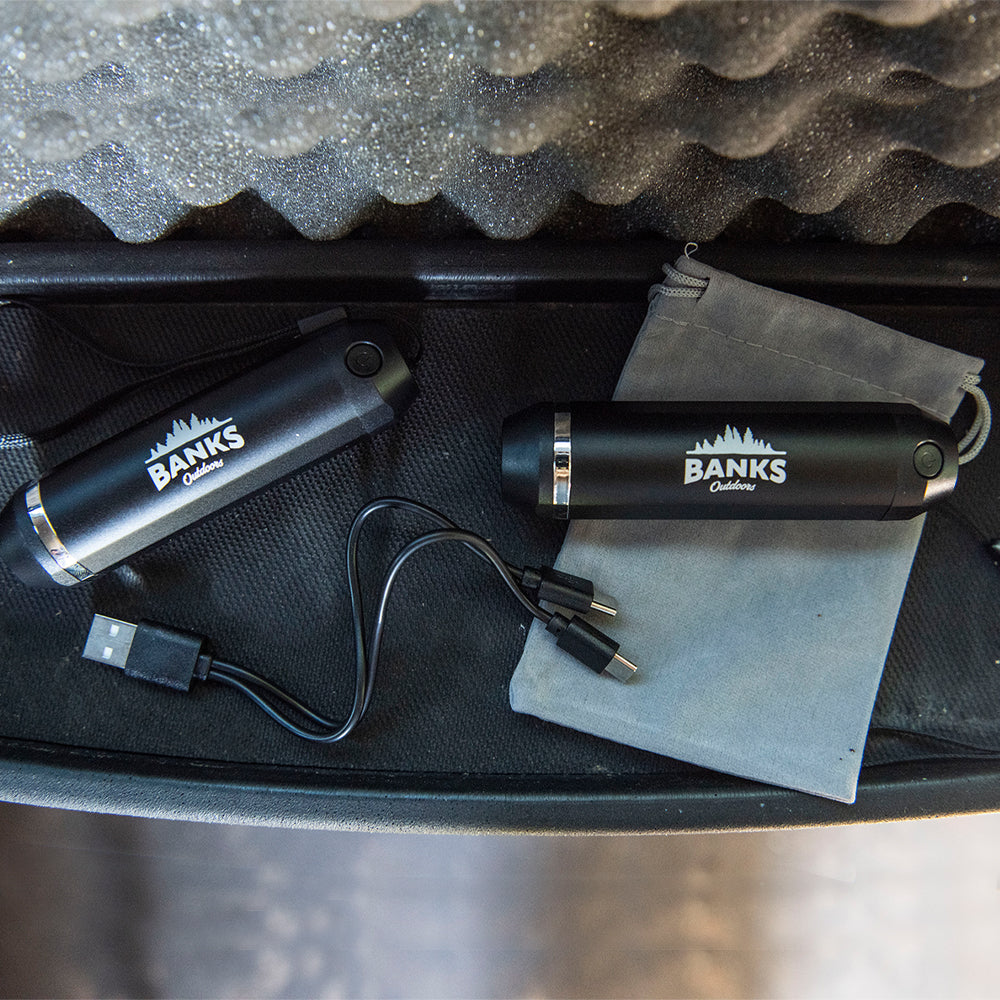Proper shot placement is one of the first things you should familiarize yourself with as a new hunter, after safety. Aiming at the vital area of wild game is essential for a quick and ethical harvest. The shot placement differs between deer and turkeys, so it’s important to know the proper process for both. We’ve provided some answers to questions that might be on your shot placement FAQ list.
Q: What’s the best part of the vital area to aim for?
A: The heart and the lungs
While anywhere in the vital area (heart, lungs, stomach and liver) should down a deer, the heart and lungs are more of a sure bet. You can find the deer’s heart by following a straight line back from the middle of its front leg. The top of the heart should lie between the deer’s back and stomach. The heart is only 4-inches tall and is tilted at a 45-degree angle, so precision is certainly important. The heart is surrounded by the lungs, so when you combine the two vital organs, you have a significantly larger area to aim at. The heart sits in between the right and left lung. The lungs extend behind the heart and toward the deer’s shoulders, so if you aim anywhere in this area you have a better chance of hitting either the heart or the lungs.
Q: Do smaller animals mean smaller vital areas?
A: Yes
Smaller wild game species like turkeys will have a smaller vital area than deer. Just because a mature buck’s heart is 4-inches tall, that doesn’t mean every animal’s heart is that size. The size of the vital area even varies between mature bucks and smaller bucks or does. A larger buck will have a larger vital area than a smaller buck. It could be as much as 50% smaller. That’s why knowing how to find the vital area is so important. As long as you line up your shot using the same points, you should do well.
Q: What’s the best angle to wait for?
A: Broadside
A deer facing broadside is the best shot opportunity for a hunter. A deer is facing broadside when it is completely parallel to you, with its body in a straight line from left to right. When the deer is at this angle, you should aim in line with its front leg, somewhere between halfway and one-third between the bottom of the chest and the top of the back. This will allow you to possibly hit the heart and lungs at the same time.
Q: Do you have to adjust for being at an elevated angle?
A: Yes
The angle between you and the deer is a straight line when you’re on the ground, as opposed to an acute angle when you’re hunting from an elevated blind or treestand. You’ll need to drop your aiming point a little bit lower when you’re hunting at an elevated angle.
Keep these guidelines in mind when you’re hunting from one of our Stump blinds this fall, whether you’re hunting elevated or from the ground. Proper shot placement can make all the difference for a successful and ethical harvest. We’re officially less than a month out! Deer season opens in Minnesota on Sept. 14.
What questions do you have about shot placement? What advice do you have for others? Let us know in the comments below!






Tips for Hunting from a Kayak
Does Scent Control Really Matter